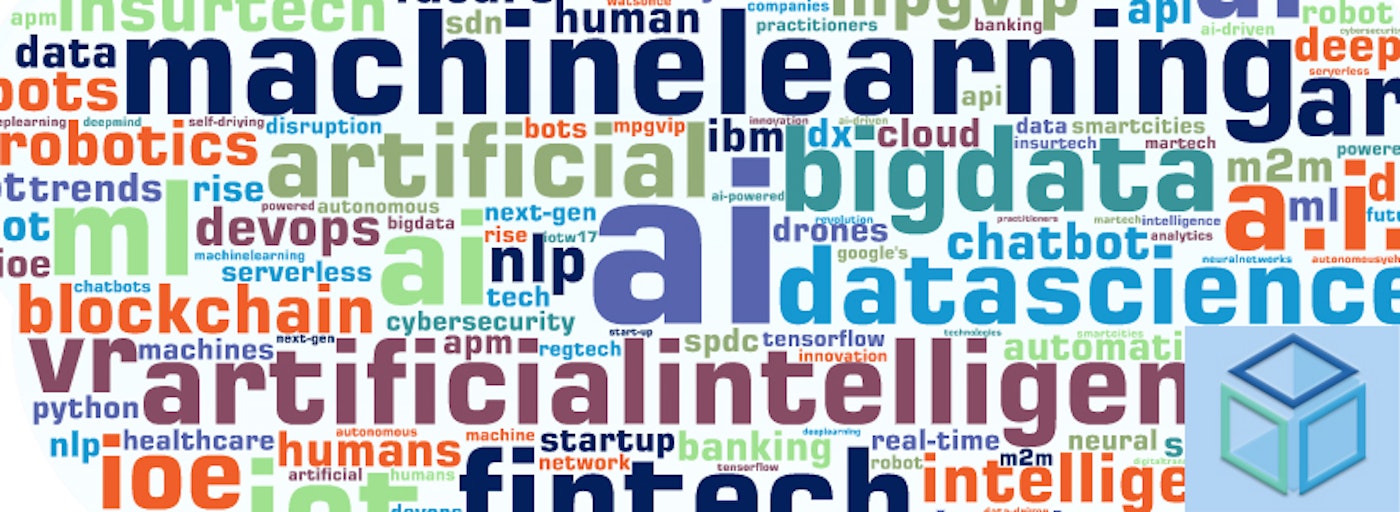In 2018, the world witnessed many technological breakthroughs being implemented in both the public and private sectors. These IT solutions trends have created a pathway for even more breakthroughs in 2019. In brief, IT advancements are set to make a serious impact for consumers and businesses.
The top IT solutions for 2019, delivered at Gartner’s Symposium/ITxpo in October of 2018, predicts an overlap of trends. Let’s have a look at several of these technological advancements.
IT Solutions Trend: Immersive User Experience
Gartner says conversational platforms continue changing the way people interact with the digital world. Virtual reality (VR), augmented reality and mixed reality change how people perceive the digital world. This combined shift in perception and interaction models leads to the future immersive user experience. Over time, the shift from thinking about fragmented user interface technologies to a multimodal experience intices plausibility. The multimodal experience connects people with the digital world across hundreds of edge devices surrounding them. This includes traditional computing devices, wearables, automobiles, environmental sensors, and consumer appliances.
Quantum Computing (QC)
Gartner says the parallel execution and exponential scalability of quantum computers enable them to excel at solving problems too complex for a traditional approach. Quantum computing applies the properties of quantum physics to process information. Operating with nanoscale components at temperatures colder than outer space, quantum computing contains the potential to solve some of the world’s toughest challenges. Automotive, financial, insurance, pharmaceuticals, military, and research organizations have the most to gain from advancements in QC. CIOs continue to plan for QC through increasing understanding of its application in providing IT solutions for business problems. To learn more about quantum computing click here.
Augmented Analytics
This trend focuses on a specific area of augmented intelligence, using machine learning (ML) to transform how analytics content develops, interprets and shares. Augmented analytics capabilities will advance rapidly to mainstream adoption. In addition, it serves as a key feature of data management, business process management, process mining, and data science platforms. Automated insights from augmented analytics will integrate into enterprise applications. To elaborate, applications as those for the HR, finance, sales, marketing, customer service, procurement, and asset management. In addition, these applications optimize the decisions and actions of all employees within their context, not just those of analysts and data scientists.
Application Development Using AI
The market is rapidly shifting to a model in which the professional developer operates alone using predefined models delivered as a service. This provides the developer with an ecosystem of AI algorithms and models. It also provides development tools tailored to integrating AI capabilities and models into an IT solution. Another level of opportunity for professional application development arises as AI grows into to the development process itself to automate various data science, application development, and testing functions. By 2022, at least 40 percent of new application development projects will have AI co-developers on their team.
Next Generation Edge Devices
In the near term, Edge is being driven by the Internet of Things (IoT). It is also driven by the need to keep compute processing close to the endpoint rather than on a centralized cloud server. Gartner thinks in the next five years, specialized AI chips will possess greater processing power, and storage. In addition, these AI chips will integrate into a wider array of edge devices. Longer term, as 5G networks mature, the expanding edge computing environment will harbor more robust communication back to centralized services. 5G provides lower latency, higher bandwidth, and (very importantly for edge) a dramatic increase in the number of nodes per square km.
Blockchain IT Solutions
Blockchain provides a revolutionary alternative to centralized currency transfer and mitigates the need for central authorities (banks, clearinghouses, governments) in arbitrating transactions. At present, blockchain technologies and concepts remain misunderstood and unproven in mission-critical business processes. Despite the challenges, the significant potential for disruption means CIOs and IT leaders should begin evaluating blockchain, even if they don’t aggressively adopt the technologies in the next 2 to 3 years. Also, leading technology companies such as Microsoft, Cisco, IBM, and AWS currently invest in blockchain research and development.
Collaboration Spaces
A smart space is a physical or digital environment in which people and technology-enabled systems interact in an increasingly open, connected, collaborative and intelligent ecosystems. Multiple elements — including people, processes, services and things — come together in an intuitive collaboration space to create a more immersive, interactive and automated experience for a target set of people and industry scenarios.
For more information about these up and coming technologies contact our solutions specialists by visiting www.yourstrategic.com/contact-us.
Share this Post

